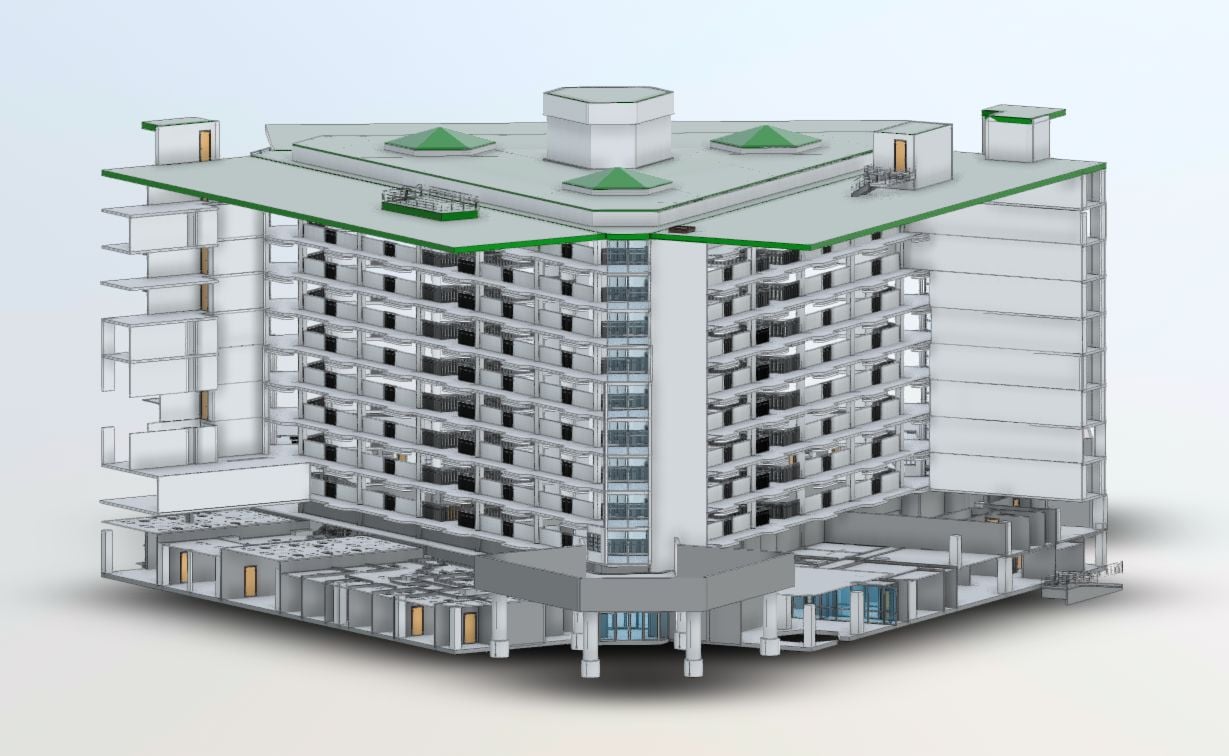Unlocking the Potential of 3D Laser Scanning with Scan to BIM
Scan to BIM services offer a straightforward yet powerful process of capturing real site conditions through 3D laser scanning, converting the data into a comprehensive 3D model. This process proves highly advantageous for renovation, conversion, and retrofit projects. Moreover, its applications extend to facility management, plan review, BIM services modeling, energy efficiency audits, and even creating virtual tours of existing structures. The core features of the scanned data include topography extraction, mesh modeling, and geometry, making it a versatile tool in the construction industry.
Contractors' Utilization of Laser Scanners:
Contractors leverage 3D laser scanners to collect on-site information with exceptional accuracy. This data becomes crucial for the planning and construction phases of a project. Laser scanners serve multiple purposes for contractors, including progress monitoring, generating precise as-built models for existing structures, incorporating missing design elements, and conducting thorough inspections of the as-built model.
Advantages for Contractors:
- Reduced Human Error: The implementation of scanners significantly reduces the risk of human error. Working in tandem with software like Revit, expert teams can streamline their processes, saving time and costs.
- Precision in Data: Laser scanners excel at capturing precise information, allowing for successful project completion. Their ability to capture minute details enables precise handling and control of existing conditions.

Scan to BIM through 3D Laser Scanners:
Once the 3D model is complete, quality checking is essential, involving error rectification and overlaying the scan data. If there are any mismatches between elements and scans, corrections can be made accordingly. Model quality assurance and quality control rely on two key factors: the level of project detailing and the density and clarity of the scan. Tolerances, determined by these factors, define the permissible deviation in accuracy and elements during the modeling process. Striking the right balance ensures a successful Scan to BIM outcome.
Conclusion:
The integration of 3D laser scanning with Scan to BIM has revolutionized the construction industry, offering an efficient and accurate approach to capturing real-world data. Contractors benefit from reduced human errors, precise data, and streamlined project processes, ultimately leading to successful project outcomes. As technology continues to advance, Scan to BIM services will play an increasingly pivotal role in construction projects, enhancing collaboration and decision-making for all stakeholders involved.

